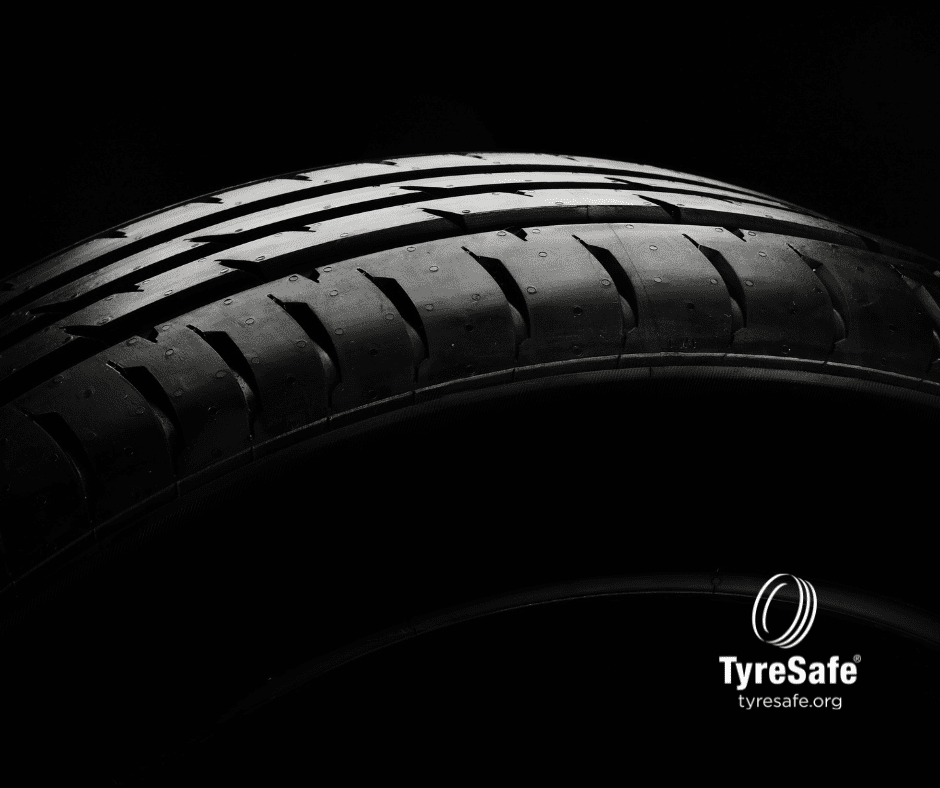Welcome to the future of tyre technology! With the ongoing advancements in the automotive industry, airless tyres are gaining traction and promising to revolutionise the way we think about our daily drives. Let’s dive into what these innovative tyres are all about and how they might change your driving experience for the better.
What are Airless Tyres?
Airless tyres or non-pneumatic tyres (NPT) are exactly what they sound like – tyres that don’t rely on air pressure to function. Instead of being inflated, they are constructed from solid materials like rubber and composite plastics. This design eliminates the risk of punctures, making them a popular choice for certain industrial and military applications. Now, they are making their way into the consumer market, particularly for cars.
What are the Advantages of Airless Tyres?
The potential benefits of airless tyres are impressive:
No More Punctures: Since there’s no air inside to lose, punctures become a thing of the past. Imagine never having to deal with a flat tyre again!
Low Maintenance: Airless tyres require less maintenance compared to traditional tyres. No more checking air pressure or refilling.
Longer Lifespan: These tyres are designed to be more durable and can last significantly longer than traditional pneumatic tyres.
Sustainable Materials: Many airless tyres are made from recyclable materials, contributing to environmental sustainability.
Consistent Performance: Airless tyres maintain consistent performance and stability because they don’t change shape or pressure over time.
What are the Disadvantages of Airless Tyres?
Despite their many advantages, airless tyres also have some downsides:
Ride Comfort: Airless tyres may provide a stiffer ride compared to traditional tyres, as they don’t have the cushioning effect of air.
Noise: Some users report that airless tyres can be noisier on the road.
Cost: The initial cost of airless tyres can be higher than conventional tyres, although the long-term savings on maintenance might offset this.
Availability: As of now, airless tyres are not as widely available and may be harder to find in certain regions.
What is the Lifespan of Airless Tyres?
Airless tyres are designed to last longer than their air-filled counterparts. On average, they can last between 50,000 to 100,000 miles, depending on driving conditions and maintenance. This longevity makes them a cost-effective option in the long run.
Which Car Manufacturers are Leading the Way?
Several car manufacturers are exploring the potential of airless tyres:
Michelin:
Michelin is one of the pioneers with its Tweel airless tyre. They have been testing and refining this technology for years and are close to bringing it to consumer vehicles.
Bridgestone:
Bridgestone is another major player developing airless tyre technology. Their Air Free Concept tyres are designed for various types of vehicles.
General Motors (GM):
GM has partnered with Michelin to bring airless tyres to their passenger vehicles, with plans to roll out these tyres on certain models soon.
Are Airless Car Tyres the Future?
While airless car tyres are not yet mainstream, their potential benefits suggest they could become a more environmentally friendly standard option in the future. But It’s possible that even in the coming years we’ll see more vehicles equipped with airless tyres, due to the ongoing advancements and growing interest as they promise a future where flat tyres are a thing of the past, and tyre maintenance is minimal.
Feel free to reach out to TyreSafe if you have any questions about airless tyres. Happy driving!



